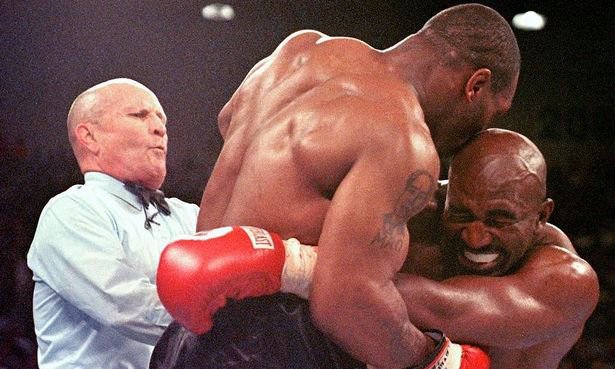
In the storied history of boxing, few matchups have captured the imagination of fans quite like the hypothetical showdown between Tyson Fury and Evander Holyfield. While this fight remains a dream for many enthusiasts, the mere thought of it ignites debates, discussions, and endless speculation. A battle between these two giants—one representing the modern era and the other a legendary figure from the past—would transcend generations, redefine world boxing, and cement its place as “The Greatest Fight of All Time.” This article explores the significance of such a clash, delving into the legacies of both fighters, their contrasting styles, and the potential impact on the sport.
To understand why a Fury vs. Holyfield bout would be so monumental, we must first examine the career and persona of Tyson Fury. Known as the “Gypsy King,” Fury has become one of the most dominant heavyweights of his generation. Standing at 6’9″ with an imposing reach and unmatched agility for his size, Fury is a unique blend of power, speed, and technical brilliance.
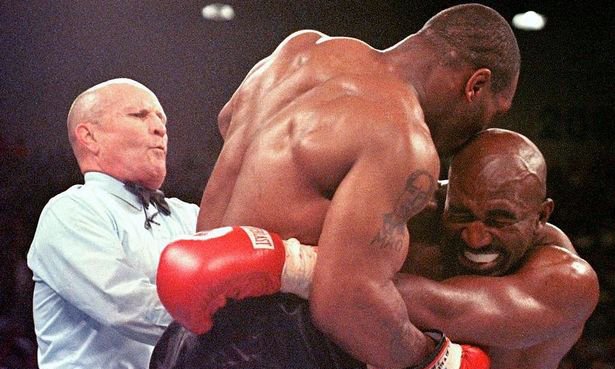
Fury’s rise to prominence began with his stunning upset victory over Wladimir Klitschko in 2015, ending the Ukrainian’s decade-long reign as heavyweight champion. However, Fury’s journey has been far more than just victories in the ring. His battles outside the ropes—against mental health struggles, substance abuse, and personal demons—have made him a symbol of resilience and redemption.
After a hiatus from boxing due to these challenges, Fury returned stronger than ever, reclaiming his position at the top of the heavyweight division. His trilogy of fights with Deontay Wilder showcased his ability to adapt, overcome adversity, and deliver unforgettable performances under pressure. Fury’s charisma, showmanship, and unorthodox fighting style have endeared him to millions, making him not just a fighter but a global icon.
A matchup with Evander Holyfield would represent the ultimate test for Fury—a chance to prove himself against one of the greatest heavyweights in history and solidify his legacy as an all-time great.
On the other side of this dream matchup stands Evander Holyfield, a man whose name is synonymous with greatness in boxing. Holyfield’s career spanned three decades, during which he achieved feats that few could even imagine. He remains the only four-time undisputed heavyweight champion in history, having held the WBA, WBC, IBF, and lineal titles simultaneously on two separate occasions.
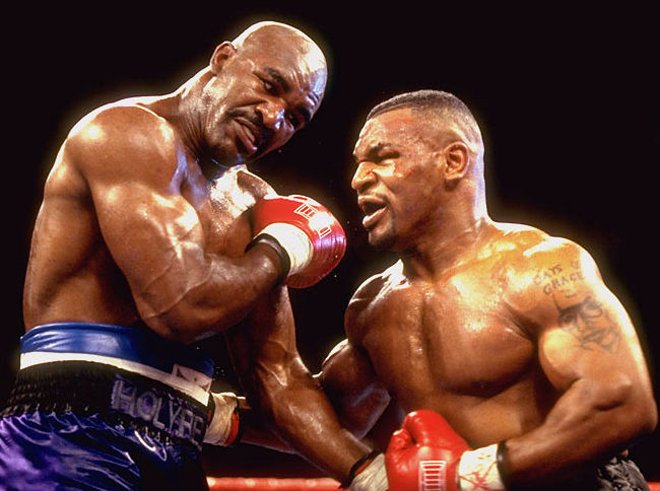
Holyfield’s journey to the top was anything but easy. Initially dismissed as too small for the heavyweight division, he defied expectations with his relentless work ethic, heart, and determination. His nickname, “The Real Deal,” perfectly encapsulates his approach to the sport—always giving 100% and leaving everything in the ring.
Some of Holyfield’s most memorable moments include his epic rivalry with Mike Tyson, culminating in the infamous “Bite Fight,” and his thrilling battles with Riddick Bowe. Beyond his accomplishments inside the ring, Holyfield’s sportsmanship and humility have earned him universal respect. Even today, he remains a beloved figure in the boxing community, revered for his contributions to the sport.
For Holyfield, a fight with Tyson Fury would be an opportunity to bridge the gap between eras, proving that his skills and spirit remain timeless despite the passage of years.
One of the most intriguing aspects of a Fury vs. Holyfield showdown is the stark contrast in their fighting styles. Fury’s approach is defined by his unorthodox movement, exceptional footwork, and defensive prowess. He uses angles and feints to frustrate opponents, often dictating the pace of the fight and controlling distance with his long jab. Despite his size, Fury possesses remarkable agility, allowing him to evade punches while setting up his own attacks.
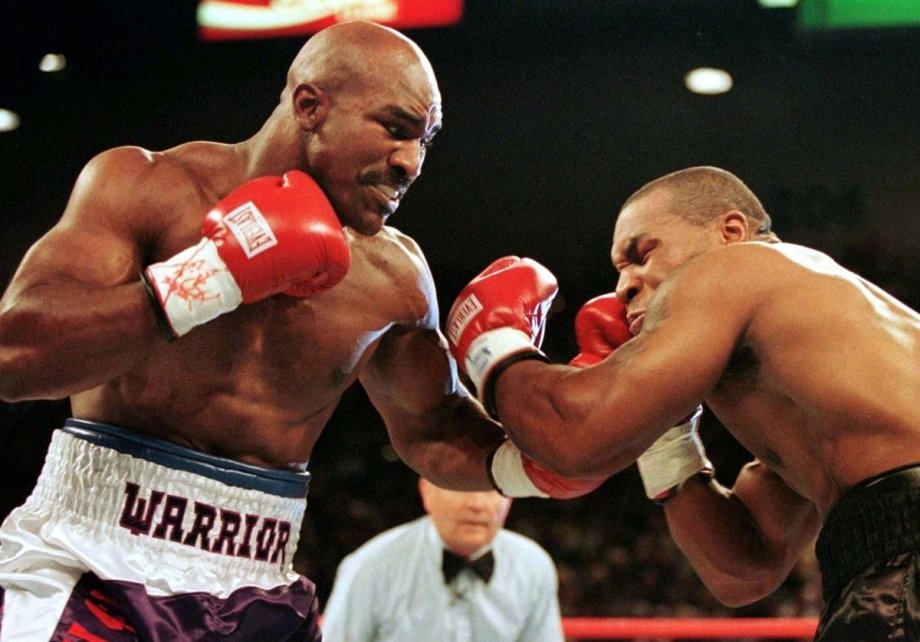
Holyfield, on the other hand, embodies the classic warrior mentality. His style is built on relentless pressure, explosive power, and incredible durability. Holyfield’s ability to absorb punishment and keep coming forward has been a hallmark of his career. He thrives in close quarters, where his compact frame allows him to generate devastating hooks and uppercuts.
The clash of these styles would create a fascinating dynamic. Fury’s mobility and rangy attacks would pose significant challenges for Holyfield, who excels in close-range exchanges. Conversely, Holyfield’s aggression and body attack could disrupt Fury’s rhythm, forcing him to engage in ways he might prefer to avoid. This stylistic contrast ensures that the fight would be both tactical and action-packed, appealing to fans of all preferences.
What makes a Fury vs. Holyfield matchup so compelling is its potential to bridge two distinct eras of boxing. Holyfield represents the golden age of heavyweight boxing in the 1980s and 1990s, a time when the division was filled with larger-than-life personalities and legendary champions. Fighters like Mike Tyson, Lennox Lewis, and George Foreman dominated headlines, captivating audiences with their raw power and charisma.
Fury, meanwhile, embodies the modern era of heavyweight boxing—a period marked by globalization, increased media exposure, and the blending of traditional techniques with innovative strategies. His success has helped revitalize the division, drawing new fans to the sport and rekindling interest among longtime enthusiasts.
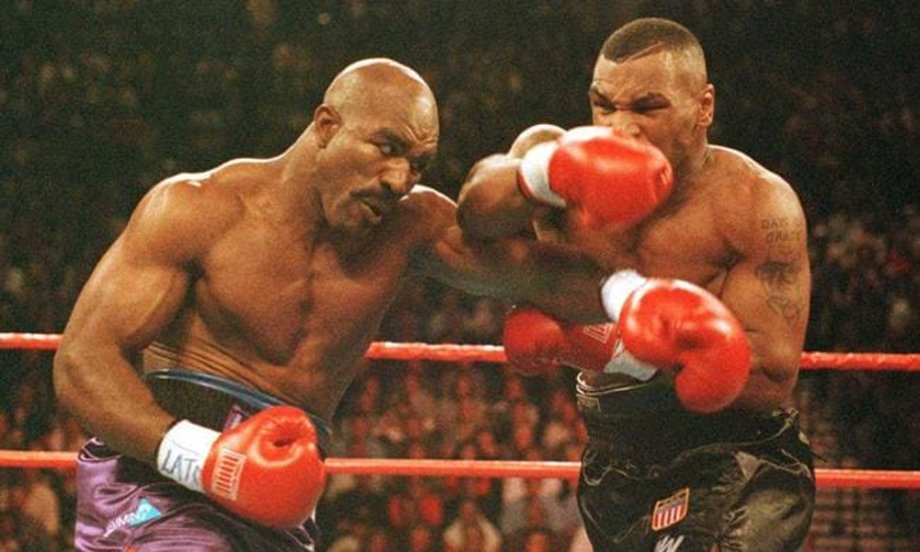
A fight between Fury and Holyfield would serve as a celebration of boxing’s rich history while also highlighting its evolution. It would allow fans to witness firsthand how different generations approach the sport, offering insights into the changing dynamics of training, strategy, and athleticism. Such a contest would honor the past while paving the way for the future, ensuring that boxing continues to thrive as a global phenomenon.
While the idea of a Fury vs. Holyfield fight is undeniably exciting, several challenges must be addressed to make it a reality. First and foremost is the issue of timing. Holyfield retired from professional boxing in 2011, and while exhibition bouts have become increasingly popular, competing against a current champion like Fury presents unique risks. Ensuring the safety of both fighters would be paramount, requiring careful preparation and adherence to strict guidelines.
Another consideration is the format of the fight. Would it be contested under traditional boxing rules, or would modifications be made to account for the age difference? For example, shorter rounds or reduced intensity might be necessary to protect Holyfield without diminishing the spectacle. Striking the right balance between entertainment and fairness will be crucial to maintaining the integrity of the event.
Despite these challenges, the overwhelming demand for such a matchup suggests that promoters and organizers would find creative solutions to bring it to fruition. After all, the allure of seeing two legends square off is simply too powerful to ignore.
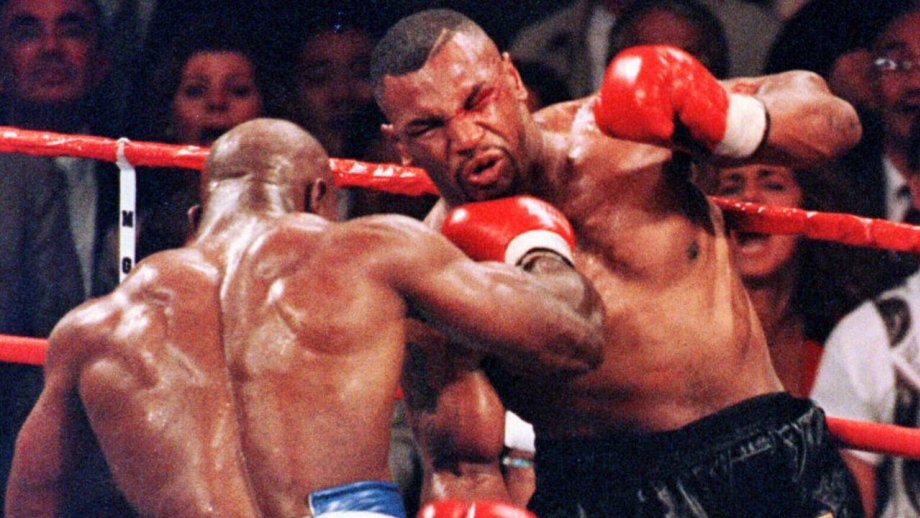
The prospect of a Fury vs. Holyfield fight has already sparked widespread excitement among fans and analysts alike. Social media platforms have lit up with discussions about how the bout might unfold, with supporters of both fighters passionately defending their picks. Hashtags related to the matchup have trended globally, reflecting the immense interest surrounding the concept.
Beyond individual loyalties, the cultural significance of such a fight cannot be overstated. It taps into humanity’s fascination with competition, nostalgia, and the timeless appeal of pitting the old guard against the new. For older fans, it offers a chance to relive the glory days of Holyfield’s prime, while younger audiences get to see Fury face a true legend of the sport.
Moreover, the event would transcend boxing itself, attracting attention from mainstream media and casual viewers. In an era where combat sports are more popular than ever, a Fury vs. Holyfield showdown would remind the world of boxing’s enduring allure and its ability to unite people across generations and cultures.
If realized, a Fury vs. Holyfield fight would redefine world boxing in profound ways. It would set a precedent for intergenerational matchups, encouraging promoters to explore similar opportunities in the future. By showcasing the best of both worlds—the grit and determination of the past alongside the innovation and flair of the present—it would inspire a new wave of fighters to push boundaries and strive for greatness.
For Fury, the fight would provide an opportunity to measure himself against one of the greatest heavyweights in history, further solidifying his status as an all-time great. For Holyfield, it would be a chance to demonstrate that his legacy endures, inspiring future generations to embrace the values of hard work, perseverance, and sportsmanship.
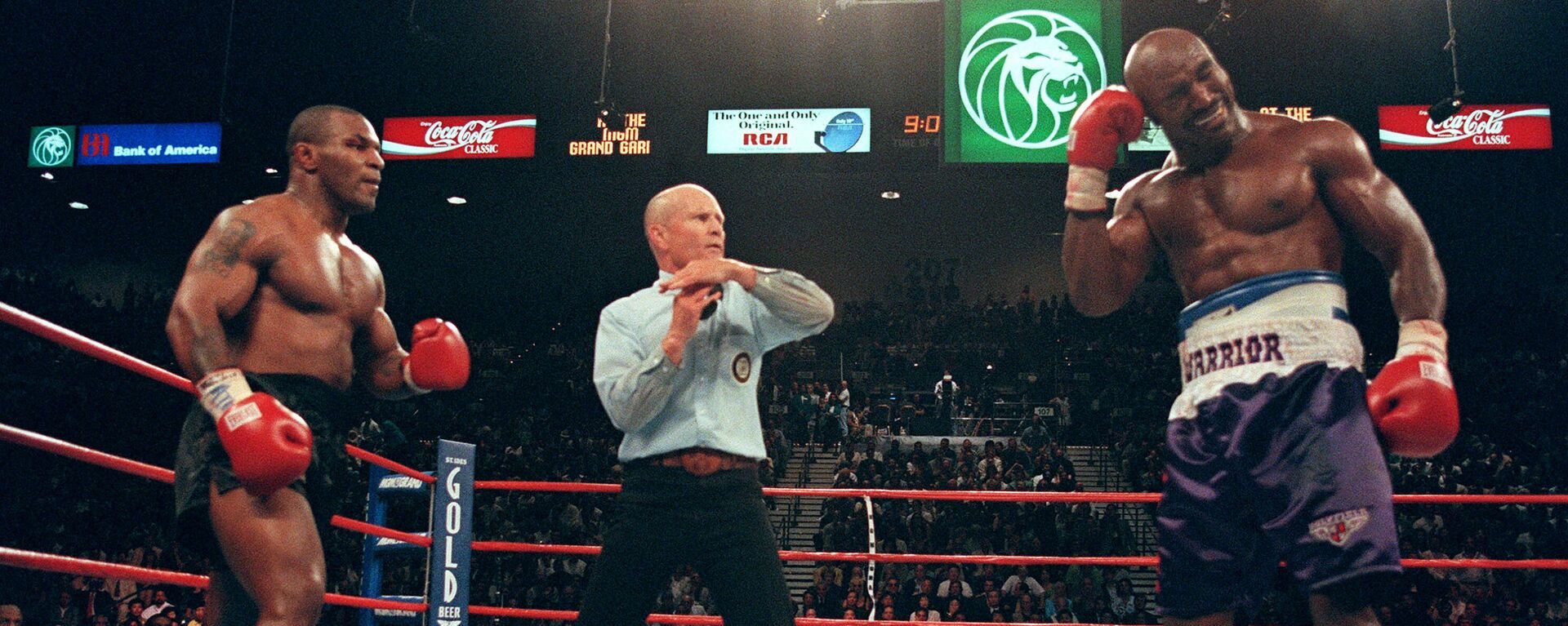
Ultimately, the fight would leave an indelible mark on the sport, serving as a testament to the timeless nature of boxing. It would remind us that, regardless of era or circumstance, the essence of boxing remains constant: two warriors stepping into the ring to prove themselves, driven by passion, pride, and the pursuit of excellence.
While a Tyson Fury vs. Evander Holyfield fight may never come to fruition, the mere idea of it captures the hearts and minds of boxing fans worldwide. It represents the ultimate clash between two generations, a celebration of the sport’s rich history, and a glimpse into its promising future. Whether viewed through the lens of nostalgia, strategy, or sheer entertainment value, this hypothetical matchup embodies everything that makes boxing so captivating.
As we reflect on the legacies of Fury and Holyfield, one thing is clear: their contributions to the sport extend far beyond their individual achievements. They are ambassadors of boxing, embodying the qualities that define greatness—courage, resilience, and an unwavering commitment to excellence. Should they ever meet in the ring, it would undoubtedly go down as “The Greatest Fight of All Time,” redefining what is possible in the world of boxing and leaving an everlasting impact on the sport we love.